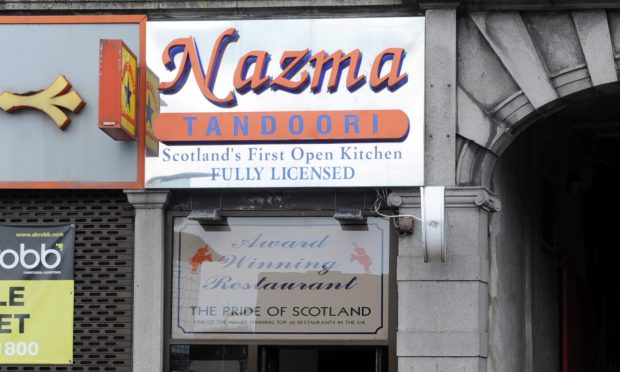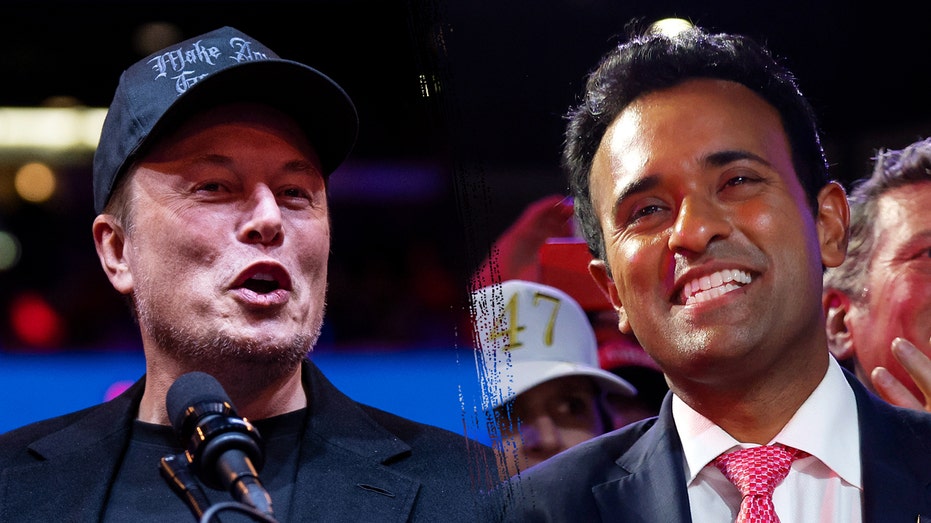
ST. PAUL — Minnesota, which holds the longest Democratic streak in the country, is just days away from the 2024 presidential election. Is the state firmly in the blue camp, or is there a hint of red creeping back into the picture? Experts break down emerging tensions within the DFL coalition and a strengthening Republican presence in Minnesota, as well as how the state found its way to historic Democratic dominance.
ADVERTISEMENT The earliest records in the Legislative Reference Library of Minnesota’s presidential election results date back to the 1860s. In the state’s early years — 1860 to 1930 — Minnesota was considered a Republican stronghold. “A lot of that’s the legacy of the Civil War,” said Steven Schier, Carlton College political analyst.
“There were many Minnesota Germans, Scandinavians and Irish who served in the Union Army, and that was Lincoln's war, and they were Republicans, and so that that was a long-standing trend in the state.” Schier says there are similarities between red then and red now. “Any survey will show you that the rural areas of Minnesota are more than 2-to-1 Republican, and that’s a continuity,” he said.
“Culturally conservative, wary of government and governmental intrusions upon their lives and behavior. All those things are true in greater Minnesota in 1880 and in 2024.” In the 1930s, the Farmer-Labor Party gained popularity and the state, voting blue for the first time, elected Franklin D.
Roosevelt. “During the Depression, we have, across the Midwest, significant farm failures,” said David Schultz, professor of political science at Hamline University. “The Farmer-Labor Party, of course, that gets a big boost during the 1930s, and the Labor party, with Roosevelt’s federal legislation like the Wagner Act, you know, which basically makes it easier to collectively bargain.
” Schultz says this time period marked the “first big transformation” in Minnesota politics. ADVERTISEMENT “There were these so-called third parties, particularly the Farmer-Labor Party in the 1930s that, for a brief moment, was sort of the plurality leader of the state,” said Andrew Karch, political science professor at the University of Minnesota. In 1944, the Farmer-Labor Party merged with the Democratic party, in part led by well-known Minnesota politician Hubert Humphrey, marking Minnesota’s first shift to blue.
The Farmer-Labor Party — categorized as a far-left-wing socialist party — took hold across the state, and this third-party movement’s leg in Minnesota is the longest-standing affiliate of the national Farmer-Labor movement today. “Democrats here are called the DFL,” Karch said. “They’re not called the DFL in other parts of the country.
The Democratic party, before that merger, was largely concentrated in St Paul. It wasn’t necessarily a statewide force. And so it’s really the moment when that (DFL) coalition is constructed, is really when it becomes more prominent, more important.
” From 1932 to 2020, Minnesota voted blue in all but three presidential elections — 1952, 1956 and 1972. Minnesota’s Legislature was officially nonpartisan at this time and would stay that way until 1972. Schier said he thinks the Legislature was “actually quite partisan,” and that it just operated publicly as nonpartisan.
Schultz suspects the Legislature being nonpartisan could have left some room for these red flips to occur in the ’40s and ’60s. In 1952 and 1956, Minnesota voted for Dwight D. Eisenhower, a moderate Republican who won steadily across the country with an electorate of 442-89 in 1952 and 547-73 in 1956.
ADVERTISEMENT “Clearly, Eisenhower is a war hero,” Schultz said. “Adlai Stevenson is kind of a progressive candidate, and that sort of intellectual left ..
. it doesn’t really appeal necessarily to the working class.” In 1972, Minnesota voted for Richard Nixon — it was the last time Minnesota went red on the electoral map.
This was another one of the nation’s “landslide victories” when Nixon won 520-17, and Minnesota by a close margin of 95,000 votes, around 5%. Schultz referenced this election as the “Minnesota Miracle.” “Nixon was clearly the stronger candidate in Minnesota, and again, this is still a state that’s nominally nonpartisan,” Schultz said.
“The national seats, we’ve elected Democratic senators and so forth, but for the most part, I would just say that Nixon just ran a better campaign.” 1984 marked another narrow red flip when Minnesota voted for its hometown politician Walter Mondale in Ronald Reagan’s landslide victory of 525-13. Mondale won Minnesota by 3,000 votes, or 0.
18%. “Had it not been Mondale, Reagan would have won Minnesota. I mean, Mondale was just popular enough, you know, having been from here,” Schultz said.
“But I mean, Reagan was incredibly popular. His ‘84 campaign was probably one of the best presidential campaigns ever.” Mondale served as Minnesota attorney general and U.
S. senator, pushing civil rights policies such as the Fair Housing Act before eventually serving as Jimmy Carter’s VP. ADVERTISEMENT “Mondale had always been a liberal Democrat, and his party in the mid-’70s moved against the Vietnam War, and he moved for it,” Schier said.
“Of course, he was liberated by the fact that Hubert Humphrey was not vice president. He didn’t have to deal with an unpopular administration policy.” Schultz points to this Mondale era and the ’70s as when the DFL stronghold truly began in Minnesota.
“It’s really Wendy Anderson getting elected as governor, and it’s the Legislature changes to become a partisan legislature (when) the Democratic Party really becomes the dominant party in Minnesota,” Schultz said. “It’s the party of Wendy Anderson, Hubert Humphrey, Freeman and Walter Mondale.” Minnesota grazed a red flip in 2000 with George W.
Bush and again in 2016 when Hillary Clinton won the state by only 45,000 votes. “After ‘16, when Clinton barely survived, you would think we would be a potential battleground,” Schultz said. “Partly why it got so close is Clinton violated the most important rule of politics: She took voters for granted.
She didn’t come back here and campaign and Trump did and almost cost you the state of Minnesota in the process.” Karch said some pockets of Minnesota that used to be considered DFL strongholds are “shifting in important ways.” “There’s a tension right within the DFL coalition, and you’ve seen that tension lead to a shift in politics in the Iron Range, and with respect to the suburbs, I think it’s reflective of some of the shifts that are happening across the country,” he said.
ADVERTISEMENT The Iron Range has shifted red since its election of Rep. Pete Stauber, and suburbs have turned more blue since they elected Rep. Dean Phillips, for example.
Schier said culturally conservative Democrats have left the DFL, which is, in part, why the Iron Range may have shifted. “A couple of generations ago, politics in Minnesota may have been pretty distinctive, and it may have been about a different set of issues,” Karch said. “Today, everything seems to be much more nationalized, states are addressing the same issues, the same sort of partisan divides exist.
” Schier commented on these “tensions” in the DFL, saying that its namesake is an attempt to be inclusive. He said that while the party holds strong for laborers, the farmers have pretty much left the party. Schultz said he thinks Minnesota is more of a toss-up in state politics, but in presidential elections, he said Minnesota’s metropolitan area accounts for around 56% of the electorate, making it hard for it to turn red.
“The fact that no Republican has won statewide office since Tim Pawlenty ...
right now I would say, it looks more blue-ish than it does look purple, but below the presidential level, it’s entirely possible that the Legislature could flip,” Schultz said. Karch said that when people look at Minnesota politics, they often forget to look beyond presidential elections. “Minnesota is a pretty competitive state where both parties have a strong base of support,” he said.
“Republicans have won some statewide races for senator for governor. The outset is, it’s important to acknowledge that the state is more competitive than it appears, if you look beyond the presidential level.” ADVERTISEMENT Schier also said the best term to describe Minnesota is “blue-ish.
” “The Democrats function better at election-related activities, have better funding, and are able to recruit quality candidates on average than the Republicans,” Schier said. “Add up those advantages and you get: blue-ish.”.














